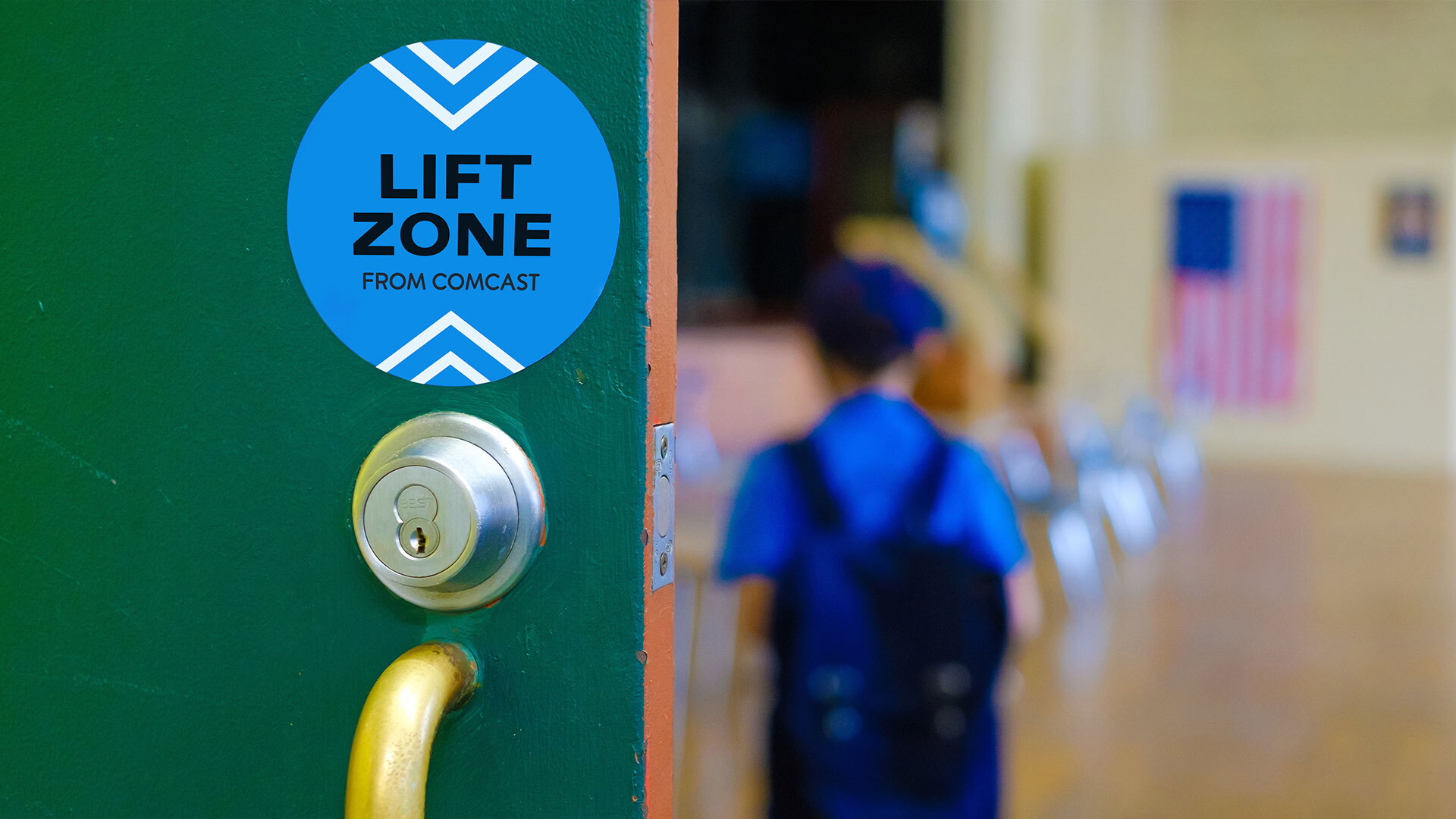Comcast Establishes 50 WiFi-Connected Lift Zones in Houston with more Scheduled

Comcast has established 50 WiFi-Connected Lift Zones in Houston and surrounding areas, with more to come over the coming weeks and months.
Working with its network of nonprofit partners, Comcast is providing robust WiFi hotspots in safe spaces designed to help students get online, participate in distance learning, and do their homework. This initiative provides free connectivity inside partner community centers for the next three years.
“We are proud to partner with community organizations across Houston and surrounding areas and equip them with free internet service to provide safe, fast, and reliable connectivity,” said Ralph Martinez, regional senior vice president, Comcast Houston. “The COVID-19 crisis put many at risk of being left behind, accelerating the need for comprehensive digital equity and Internet adoption programs to support them. We hope these Lift Zones will help those who, for a variety of reasons, are unable to connect to effective distance learning at home.”
Each Lift Zone location will be outfitted with a robust WiFi solution, powered by Comcast Business, at no cost. The sites are equipped with a combination of Comcast Business’ award-winning Business Internet, WiFi Pro, and SecurityEdge solutions; customized based on the size and unique connectivity needs of each location.
Some of the Houston and surrounding area community organizations that have established Lift Zones in their respective facilities include Boys and Girls Clubs of Greater Houston, the City of Houston, and the City of Galveston. A full list of Comcast Lift Zones in Houston and surrounding areas, can be found here.
Earlier this year, Comcast announced a $1 billion commitment over ten years in continued support of digital equity, including its Lift Zones initiative, which aims to establish WiFi-connected safe spaces in 1,000+ community centers nationwide for students and adults by the end of 2021.
Lift Zones complement Comcast’s Internet Essentials program, which has helped connect approximately 10 million low-income people to the Internet at home since 2011, including almost 1 million Texans.